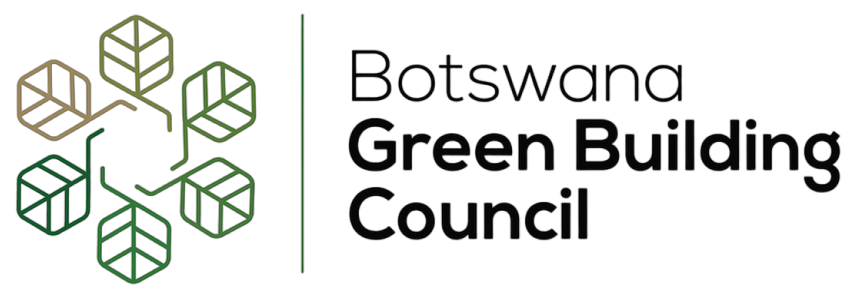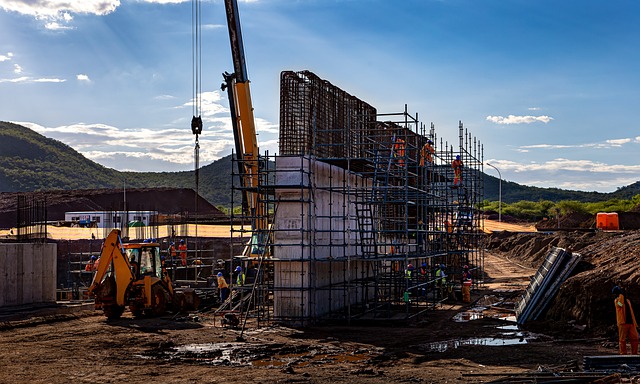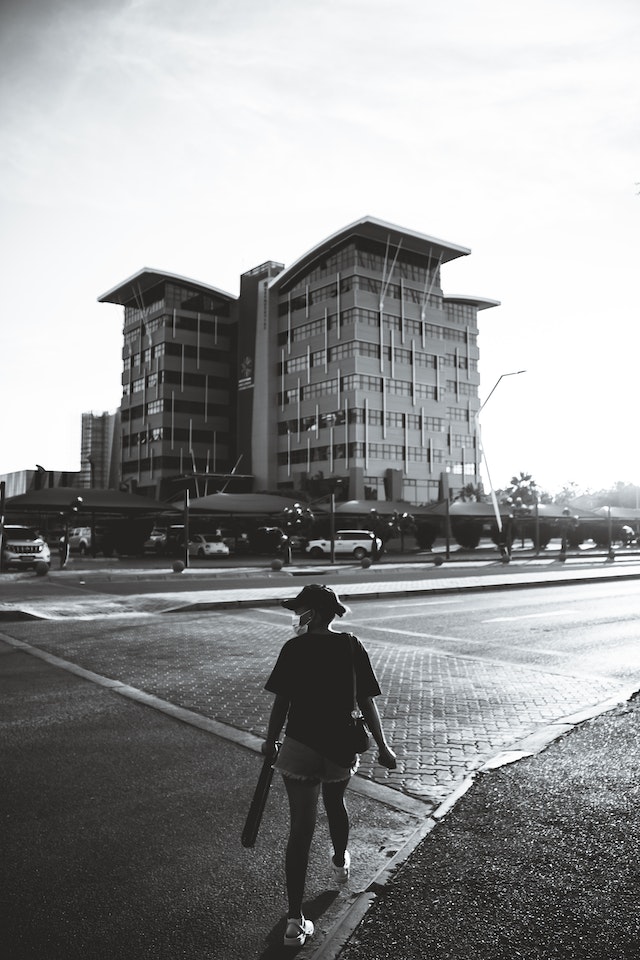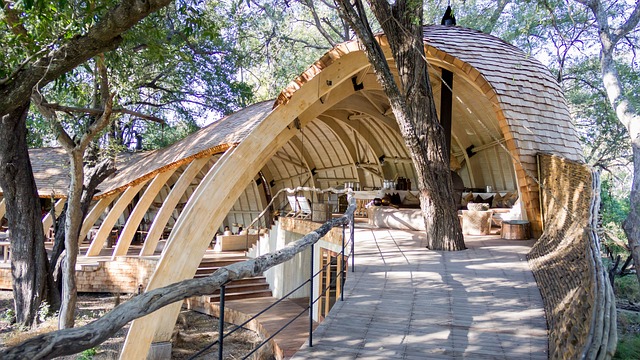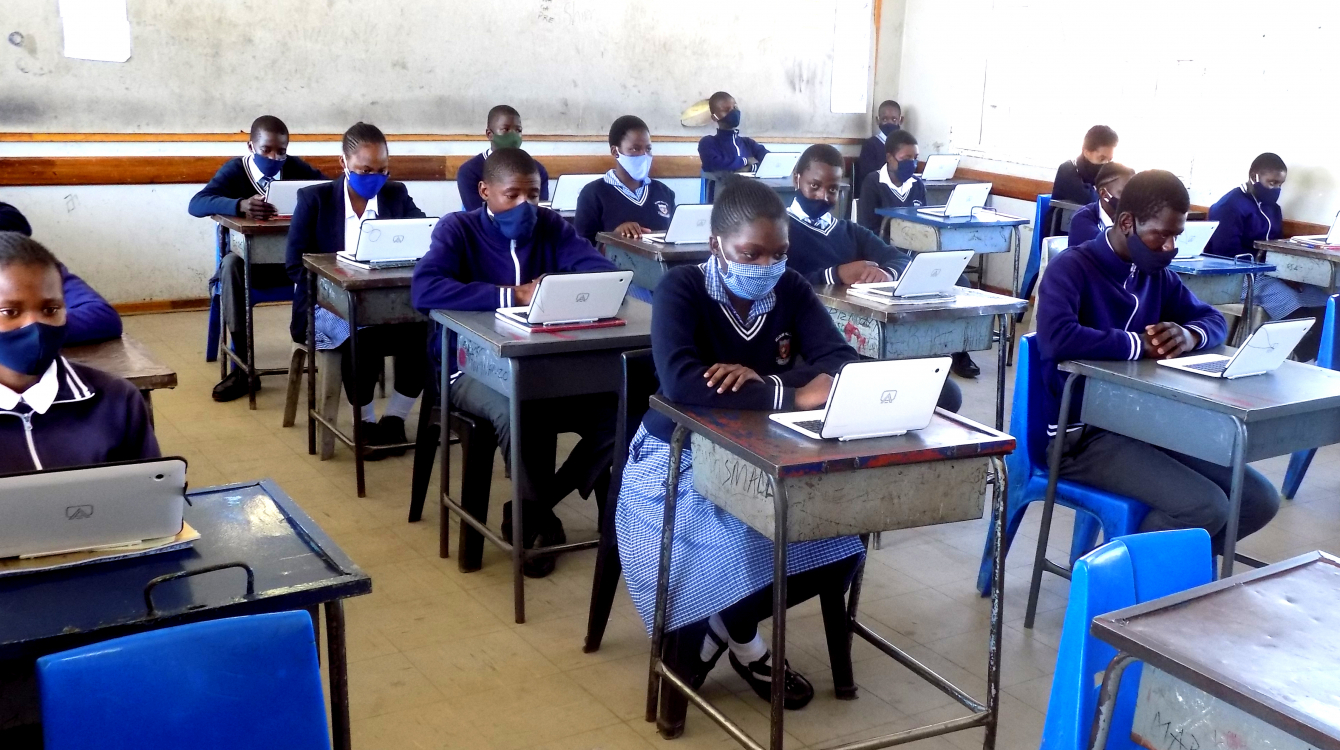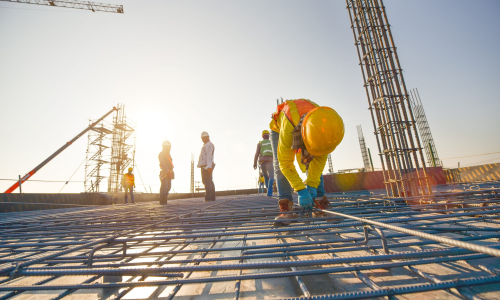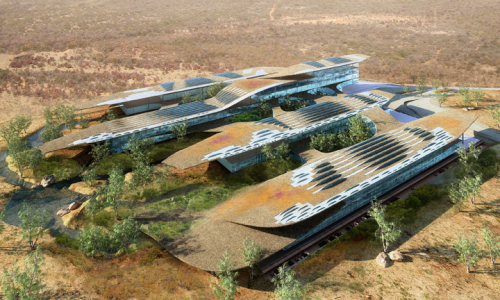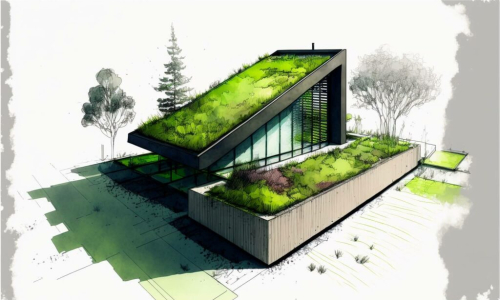Building Sustainable Communities: The Social Benefits of Green Buildings
Royal Click Admin

Green buildings are not only environmentally friendly but also have a profound impact on the well-being and quality of life of their occupants.
From improved health and productivity to fostering a sense of community, sustainable buildings play a crucial role in shaping a brighter future for Botswana's residents.
Improved Indoor Air Quality: Green buildings prioritize indoor air quality by using non-toxic materials and efficient ventilation systems. This results in healthier indoor environments, reducing the risk of respiratory problems and allergies, and enhancing the overall well-being of occupants.
Enhanced Physical and Mental Health: Access to natural light, green spaces, and biophilic design elements in green buildings positively influences occupants' physical and mental health. Studies have shown that exposure to nature within buildings can reduce stress, boost creativity, and increase overall happiness and satisfaction.
Community Connectivity and Interaction: Sustainable building designs often prioritize community spaces and encourage social interaction among residents. Rooftop gardens, communal areas, and shared facilities foster a sense of community, promoting a supportive and connected neighborhood.
Inclusivity and Accessibility: Green buildings aim to be inclusive and accessible to all individuals, regardless of their age or physical abilities. Design features such as ramps, wider doorways, and elevators not only accommodate people with disabilities but also cater to the needs of the elderly and young children.
Education and Awareness: Green buildings serve as educational tools, raising awareness about sustainable practices. By showcasing eco-friendly technologies and designs, these buildings inspire residents to adopt greener lifestyles beyond their immediate living spaces.
Resilience to Climate Change: As Botswana faces the challenges of climate change, green buildings can play a role in enhancing community resilience. Energy-efficient designs and renewable energy systems allow buildings to remain functional during power outages and other environmental disturbances.
Affordable Housing Solutions: Incorporating green building practices into affordable housing projects can lead to long-term cost savings for residents. Reduced energy and water bills make housing more affordable, alleviating financial burdens for low-income families.
